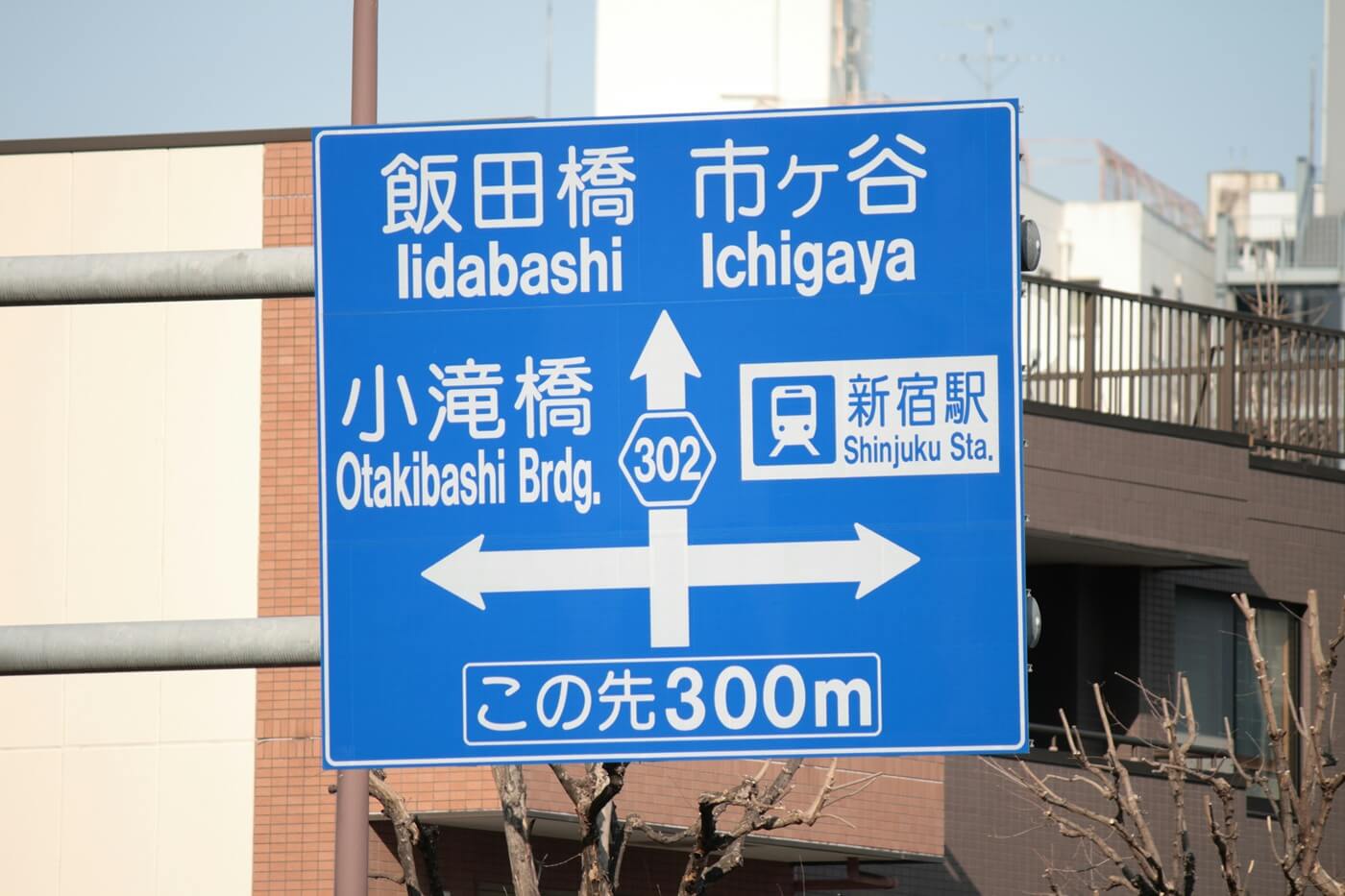
If you’ve ever tried to learn Japanese or found yourself intrigued by the language, you’ve likely come across Romaji. But what exactly is Romaji, and should you take the time to learn it? Let’s clarify this step-by-step.
What Exactly is Romaji?
Romaji is simply the Romanization of the Japanese language—it’s the representation of Japanese words using the Latin alphabet (letters like A, B, and C). It converts Japanese scripts (Hiragana, Katakana, and Kanji) into familiar letters, making it accessible for students who aren’t yet comfortable with Japanese characters.
For instance, the common greeting 「こんにちは」(pronounced as “konnichiwa”) is written as “konnichiwa” in Romaji.
Advantages of Learning Romaji
- Easy Starting Point: Romaji immediately allows beginners to read and speak basic Japanese words.
- Helpful Pronunciation Guide: It helps new learners grasp fundamental pronunciation quickly.
- Great for Travel: Travelers can use Romaji to read maps, signs, and simple phrases without needing to understand complex Japanese characters.
Examples:
- 日本語: 「初めまして」
Romaji: hajimemashite (nice to meet you) - 日本語: 「駅はどこですか?」
Romaji: eki wa doko desu ka? (where is the station?) - 日本語: 「助けてください!」
Romaji: tasukete kudasai! (please help!)
Drawbacks of Relying on Romaji
- Risk of Dependency: Depending too much on Romaji can slow your progress toward fully immersing yourself in authentic Japanese texts.
- Limited Real-world Application: Advanced Japanese materials, such as websites, newspapers, and books, rarely use Romaji.
- Pronunciation Issues: Nuances and subtleties of pronunciation often become lost or unclear in Romaji.
Examples:
- 日本語: 「熱い」(hot to touch) vs. 「暑い」(hot weather)
Romaji: atsui (context is essential) - 日本語: 「神」(god) vs. 「紙」(paper)
Romaji: kami (context-dependent) - 日本語: 「橋」(bridge) vs. 「箸」(chopsticks) vs. 「端」(edge)
Romaji: hashi (nuances in pronunciation)
Should You Invest Time in Romaji?
Romaji is best used as a starting point. If you’re serious about learning Japanese long-term, heavily relying on Romaji can limit your advancement. Aim to quickly transition into Hiragana and Katakana, followed by the more challenging Kanji.
However, if your interest in Japanese is casual or you’re preparing for a brief visit to Japan, Romaji can be entirely sufficient and helpful.
The Bottom Line
Treat Romaji as a helpful first step—not a long-term solution. It’s an excellent tool for beginners, but transitioning promptly to Japanese scripts will significantly enhance your language skills and cultural understanding.
Go ahead and start with Romaji, but keep your ultimate goal focused on mastering the rich characters that make learning Japanese truly rewarding and fascinating.



